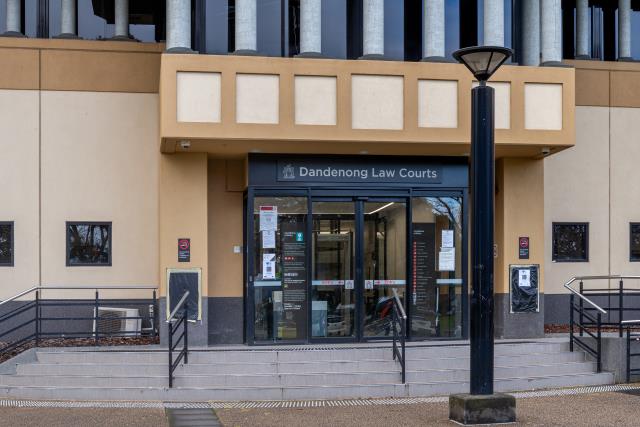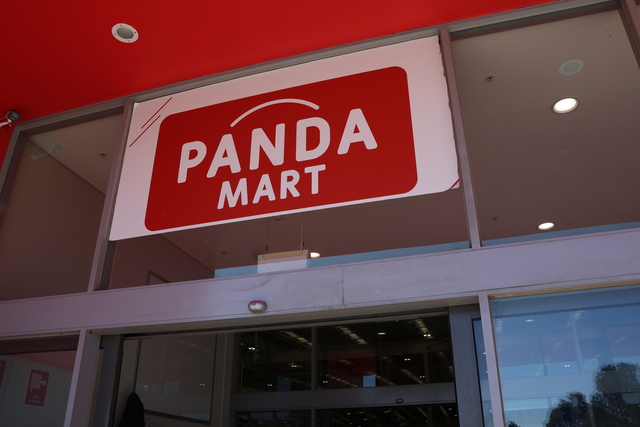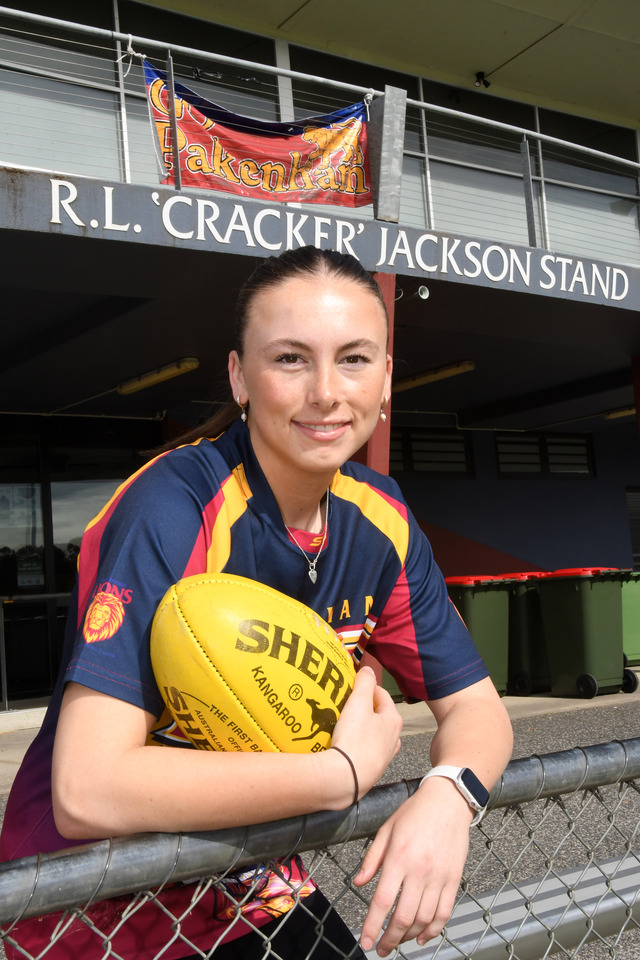The southern part of Casey has entered the top ten worst performing business regions in Australia for the first time with a projected default rate of 7 per cent over the next 12 months.
Listed as the highest risk region for projected business defaults in Victoria, Casey South has a startlingly low Business Risk Index (BRI) of just 6.3.
Businesses are considered low-risk when their BRI is above 50.
An increased risk is established when a BRI sits between 20-35.
Businesses with a BRI below 20 are said to be at the highest risk.
The default rate in Casey South over the past 12 months was 5.26 per cent, with a 1.74 per cent projected increase over the next 12 months.
A default refers to a businesses who fails to make loan payments or interest payments on time.
Generally, this applies to loans taken out from a bank or loan provider and can lead to bankruptcy and loss of assets.
Australian credit reporting agency CreditorWatch reported Australian businesses facing significant and increasing pressure.
Leading indicators include external administrations, B2B trade payment defaults, court actions and credit enquiries all trending upward sharply.
External administrations refer to insolvency situations where an external administrator, or independent insolvency professional, is appointed to try and save or wind up businesses who are unable to make debt repayments to their creditors.
External administrations dipped from March to April due to seasonality but are now up 35 per cent year-on-year.
Business-to-business (B2B) trade payment defaults refer to debt accumulated as the result of unpaid transfer of payment from buyer to supplier for goods or services supplied.
B2B trade payment defaults are up 31 per cent year-on-year, with Food and Beverage Services the number one ranked industry for probability of default by a considerable margin.
Court actions also dropped in March due to seasonality but are now up 50 per cent year-on-year.
Credit enquiries are up a massive 85 per cent year-on-year as businesses become more nervous about the health of their trading partners and tighten credit policies.
Reports indicate businesses are continuing to struggle with rising interest rates, high inflation, decreasing demand and declining forward orders.
CreditorWatch CEO, Patrick Coghlan, says pressures are mounting on businesses across all industries, noting a clear upward trend in the rate of external administrations in almost all sectors, with mining being one of few exceptions.
“Our Business Risk Index data is showing a clear upward trend in the rate of external administrations across almost all sectors, with mining being one of the few exceptions,” he said.
“With economic conditions forecast to decline further, we encourage all businesses to perform proper due diligence on their trading partners and monitor them on an ongoing basis to ensure they don’t become an unfortunate statistic.”
CreditorWatch Chief Economist, Anneke Thompson, says that it is unlikely that the Reserve Bank of Australia (RBA) will consider lowering interest rates until at least mid-2024, due to core inflation remaining stubbornly high.
“The latest monthly Inflation and unemployment data suggests that we will be hit with more rate rises in the coming months, adding to the challenge,” she said.
“Sentiment in the business community has shifted down now that it is clear that core inflation is proving hard to tame.
“It is now unlikely we will see any downward movement in the cash rate until mid 2024 at the earliest.”
The best performing regions in Australia, in terms of probability of business insolvency, continue to be areas that have an older median age of residents.
People with little to no debt remain mostly unaffected by the RBA’s monetary policy tightening.
In contrast, the worst performing locations have a lower median age and people in these areas are more likely to be in the earlier stages of their debt ‘journey’.
Interest rate rises will be weighing heavily on these business owners.
The industries with the highest probability of default over the next 12 months are Food and Beverage Services (7.10 per cent), Arts and Recreation Services (4.59 per cent) and Transport, Postal and Warehousing (4.59 per cent).
The industries with the lowest probability of default over the next 12 months are Health Care and Social Assistance (3.25 per cent), Agriculture, Forestry and Fishing (3.51 per cent) and Wholesale Trade (3.56 per cent).
While the construction sector continues to gain the most media attention due to insolvencies, the food and beverage sector has the worse insolvency rate in the country.
These businesses tend to be smaller so get less attention, but there are challenging conditions as supply and labour costs are still high, and customers are tightening their belts.
CreditorWatch expect that insolvency levels will continue to rise, particularly as we enter the new financial year and many businesses confront a reduced revenue forecast in their new budgets.
“We already know that there are now fewer jobs being advertised than this time a year ago, and this trend is likely to continue,” they said.
“So far, most Australian employees have felt quite comfortable in their employment and therefore have been more confident to continue to spend and book holidays and tables at restaurants.
“As the unemployment rate inevitably moves higher however, this trend will reverse, and a lot more belt tightening will occur.”







